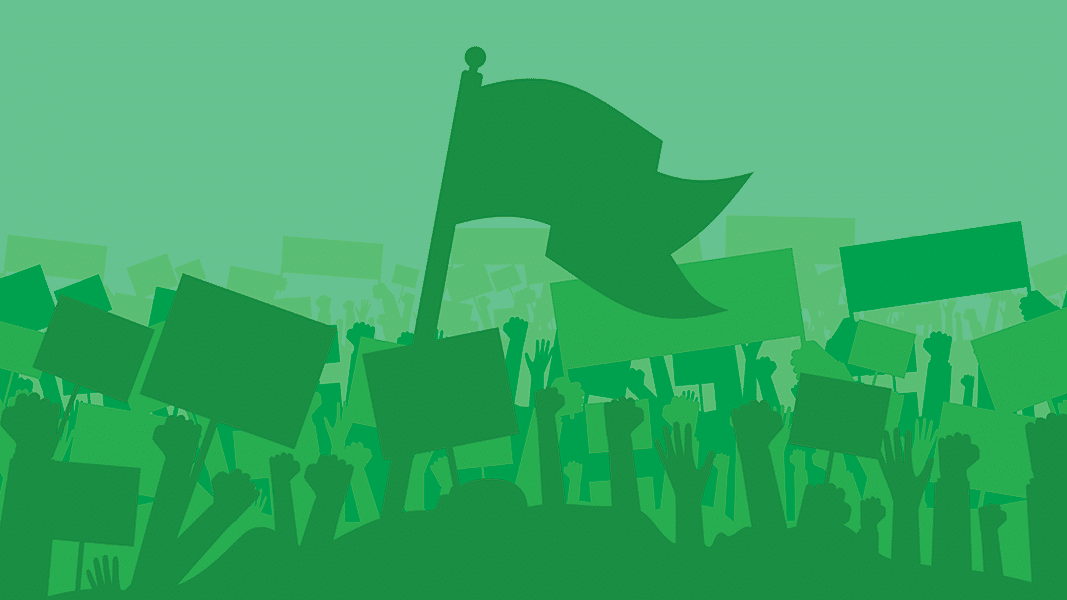This activist is the reason you know about CBD. Now he’s telling the history behind the cannabinoid.
Transcript:
Martin Lee: It has really changed the whole conversation about medical cannabis. Where previous to the advent of CBD, or the reappearance of CBD, really, the discussion was about, “Is this for real? Does this really work, this medical cannabis? Isn’t it just people wanting to get high and using that as an excuse? Well, once CBD is part of that, you can’t – that conversation changes, because no one’s using CBD to get high.
[Martin A. Lee is a California-based author and activist. His book Smoke signals: A Social History of Marijuana was published in 2012. Lee is also the co-founder and director of Project CBD, a nonprofit established in 2010 that promotes research into the medical uses of CBD and components of the cannabis plant.]
ML: We were the first group, actually, to advocate to the medical marijuana community in California about CBD. We were involved in introducing CBD, both physically, the plants, and in terms of education to emphasize that there are other options besides the THC orientation – the “get high” orientation – for medical cannabis. We were instrumental in introducing CBD into the medical marijuana world in California 10 years ago, and it spread from there.
[CBD can now be found just about everywhere, from CBD-infused vanilla lattes to CBD-infused cheeseburgers. But that wasn’t always the case.]
ML: It was really only scientists talking to each other, describing what happens when pure CBD, single-molecule CBD was given to mice. And the reports were jaw dropping, the implications. And the immediate thought was, well, wow. If people could have this, this could really be something. As that began to catch hole, word spread outside of California. There were some reports very early on that it was good for epilepsy, particularly for children.
[Lee says that in 2013, the potential benefits of CBD really entered the national spotlight with the CNN special Weed, which focused exclusively on CBD and significantly changed public discourse.]
ML: It’s a very powerful documentary. That was a really profound message that nationally was broadcast in 2013, picked up internationally, that you can use cannabis therapeutically without getting high.
[CBD has been touted as THC’s ‘non-psychoactive cousin.’ While CBD won’t get someone ‘high’ in the traditional sense, non-psychoactive might not be the best definition.]
ML: CBD has anti-anxiety properties, it’s an antidepressant. And anything that can change the mood from depression to a better mood, or can relieve anxiety clearly is affecting the psyche, so I don’t think it’s really correct to describe it as non-psychoactive. I think non-intoxicating would be a more appropriate description.
[Lee said he’s not entirely sure how to feel about CBD’s current popularity, but he emphasizes that cannabis has far more to offer.]
ML: I think part of the problem is that the whole CBD industry that has emerged. And that’s not a bad thing, necessarily, but when you’re trying to simplify your message to sell a product, it can distort what’s really going on, because it’s not just about CBD. CBD, yeah, you can kind of think of it as kind of a medical rock star, but when you really get down into it, it’s the combination of CBD and the other parts of the plant. That’s really where the magic is.
Originally posted on Now This Weed. May not be republished without permission from the source.

